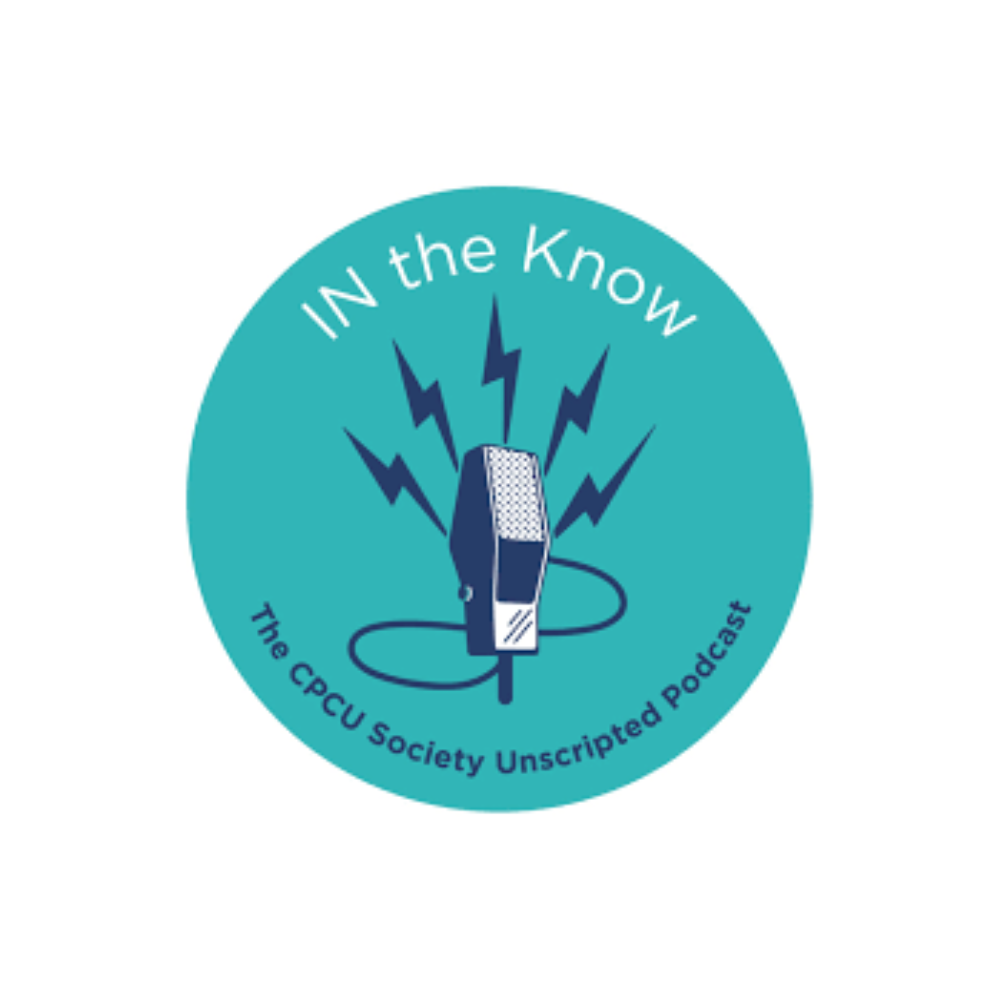The Case for a Data Makeover
When data flows through the insurance lifecycle, some information gets mixed up, some get lost in transit, and some new information or data pops up. Since most organizations lack a single coherent path for data transfer, they need to have data ingestion and extraction processes in place.
How and why data is being exchanged?
Today, insurance organizations are addressing numerous issues relating to data extraction and ingestion to create specific capabilities. This is necessary because it is hard to get reliable information from public sources on the capabilities of companies providing such technological services. The issues pertaining to data extraction and ingestion include location, sharing of data, turning unstructured data into structured digital format or actionable information, data automation reliability and the need for human intervention, insurance coverage with respect to data sharing and industry initiatives.
Data can be in unstructured or structured formats. Extraction means retrieving pictures, words or numbers from different sources such as spreadsheets, PDFs, and emails. Ingestion is the process that turns extracted information into structured data that can be effectively used for decision-making and stored in a database. Organization of data is the act of validating the data for use now or later. Data science, data enhancement, and AI assist in doing this.
Examples of ingestion and extraction in the insurance value chain are seen in the following areas – underwriting and risk selection, general policy administration, compliance checks, loss modelling analytics, and claim processing. Spreadsheets and PDFs are the most common mediums for data exchange, although application programming interfaces (APIs) are becoming popular to establish a direct connection between systems and providers. The dominant type of shared information is words and numbers. However, signatures and scribbled notes on existing documents also need to be taken into account. Satellite and aerial imagery is also being used in claims.
Key considerations for insurance organizations
Most technologies for data extraction from PDFs and spreadsheets have been developed outside the insurance industry. Since many organizations lack a single coherent path for data transfer, they need to have data ingestion and extraction processes in place. The main technologies for data extraction and ingestion for text are robotic process automation (RPA), intelligent process automation (IPA), natural language processing (NLP), and intelligent text ingestion (ITI). For audio, it is automatic speech recognition (ASR), and for image/video are image recognition technology and video recognition technology, respectively.
PDFs have no place in personal lines, and it is now possible to minimize the cost here for getting data. At the micro-enterprise level, the insurance buying experience is akin to a personal line. On the other hand, specialty market insurers are at the mercy of the formats in which they receive data. In submissions, where critical information is in the body mail itself, extraction and ingestion services are vital. In mid-market and large commercial enterprises, it is now possible to extract the data at source from the end client and facilitate the data transaction via a single platform. Brokers receive data from their clients in various formats. Some brokers may improve the data and use it to identify market trends and serve their clients better.
For basic structured data extraction, such as converting text in a PDF to digital data with OCR, one should first shop around for commoditized services. A certain level of insurance expertise is still required to organize and understand extracted data and assess it contextually even after automation. While ACORD formats are used in the US, the simplest of transactions rarely follow standard formats elsewhere. Extracted data needs to be converted into actionable insights and stored in underwriting or policy administration systems. Beware of organizations that cannot demonstrate credible and unique AI applications. In an era where insurtechs are valued and funded in the billions, do not mistake size for experience; the number of customers also counts.
Xceedance a “Company to Watch” for Data Extraction and Ingestion
Instech London’s Data Extraction and Ingestion: The 40 Companies to Watch in 2021 report features the pioneering work of Xceedance in data extraction and ingestion. We have developed tools and extraction models to reduce time-consuming manual work and improve efficiency. At Xceedance, we emphasize not just the importance of extracting data but also contextualizing it to know what needs to be done with it. We also help companies use internal and external data assets for better decision-making across the insurance lifecycle. Xceedance includes assisted automation in its tools, ensuring that the technology invokes a manual process to make decisions where analytics cannot. So, if you are looking for data extraction and ingestion capabilities, Xceedance is the company with all your answers.
Ashish Lall heads the Digital Transformation Unit at Xceedance


